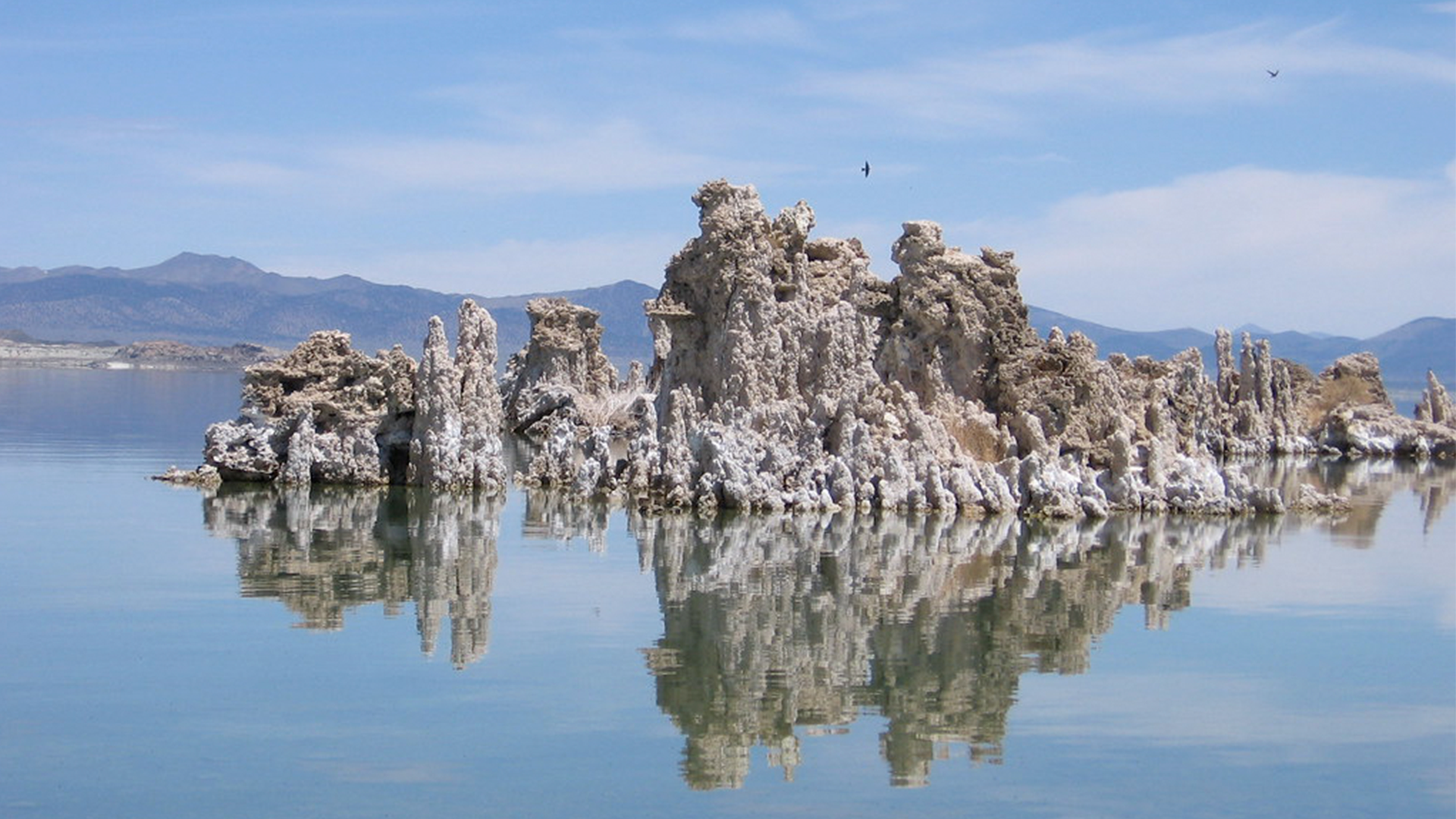The eight new species are nematodes, roundworms mostly ranging between 0.1 and 2 mm in size, and live in the silt of the lake. These miniscule worms nourish themselves in various ways: they range from grazers to hunters to parasites. What all these new species have in common is their ability to deal with the extreme conditions in the lake.
Micro-animals able to live in extreme conditions are often difficult to research in the laboratory. This is because they are so adapted to their extreme environment that they are unable to survive outside it. But one of the newly discovered species, Auaneama sp., forms an exception to this.
During laboratory research, it turned out that Auaneama sp. is resistant to five hundred times the level of arsenic, a heavy metal, that would be fatal to a human. The scientists compared this species to other species of the same genus. Although these don’t live in areas with the high arsenic concentration in which Auaneama sp. has its home, it turned out that they had a comparable tolerance to the heavy metal. This suggests that they have a genetic predisposition for dealing with various types of conditions – ranging from conditions that would be too extreme for humans to conditions that would quite pleasant. The researchers are now aiming to chart the genetic characteristics of Auaneama sp. in order to gain more insight into this species’ resilience which enables it to survive in various environments.

